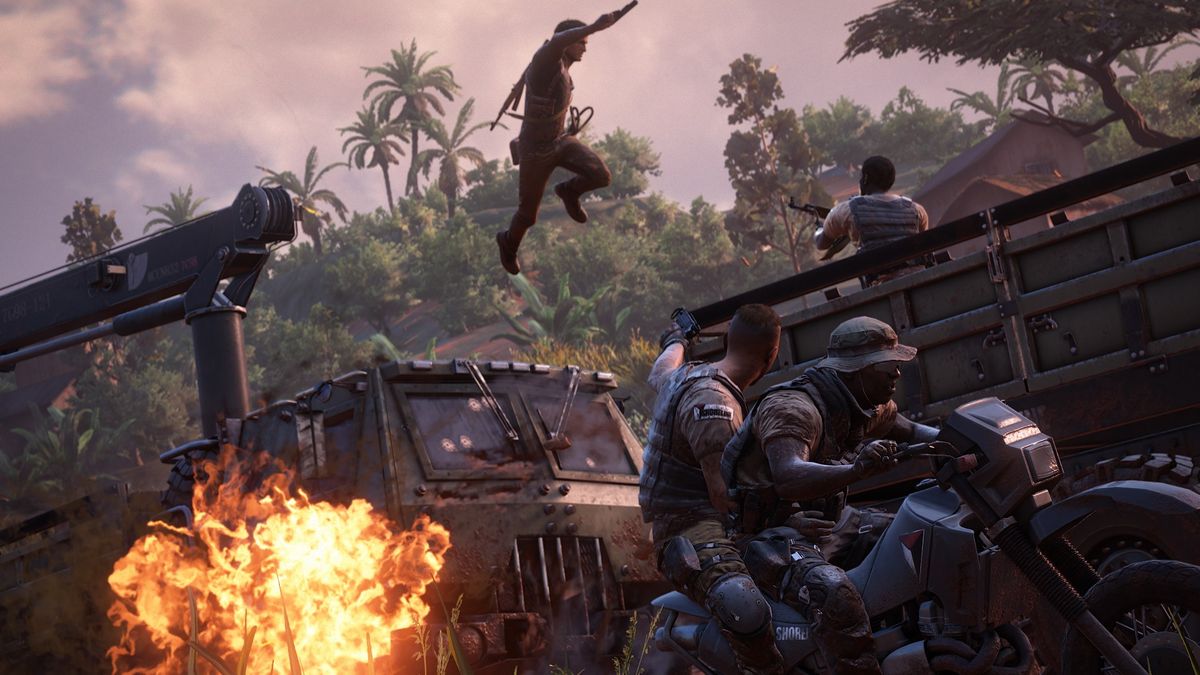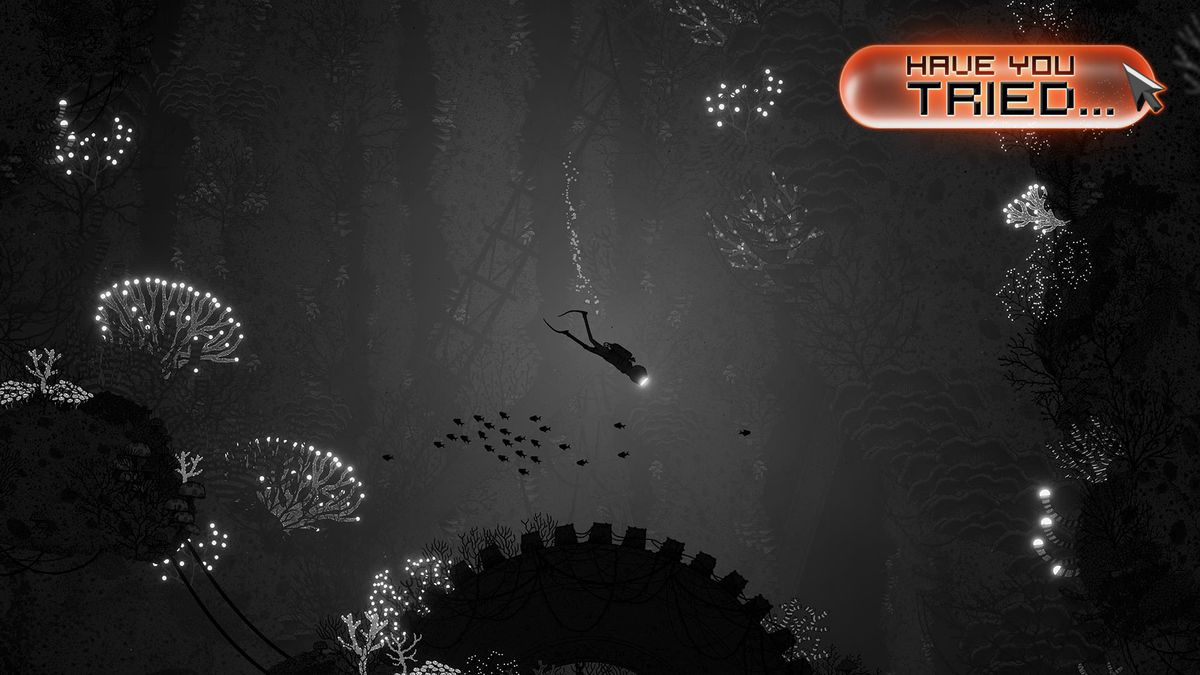Sorry, Sackboy

LittleBigPlanet did not invent user-created content. Not even close. You see, while Media Molecule’s delightful platform craft-’em-up formally put player-designed levels and game mechanics to the forefront of console gaming, in truth, some of the best and most important innovations and game modes in history have been cooked up, often accidentally, by gamers for years.
Sometimes a game goes out with a glitch that turns out to be amazing. Sometimes the most hardcore players discover exploits that the developers realise they should have put in the game in the first place. But for whatever reason, games, more than any other medium, have long been a quiet collaboration between creator and audience. Here are some of the best fruits of that unofficial partnership.
Grifball – The Halo series

Before it was even a player-created game mode, Grifball started out as nothing more than a throwaway fan community joke. In one episode of the Red v. Blue machinima series, Rooster Teeth had Sarge trolling much-maligned orange Spartan Grif with a sniper rifle, riffing that This is the best game since Grifball!.
With that seed of an idea planted, Rooster Teeths Burnie and Gavin started thinking about what Grifball might actually be. Their conclusion was a futuristic version of Rugby, in which teams try to smash the Hell out of a bomb-carrying Grif using Gravhammers and Energy Swords. They made it as a custom game type, and it turned out to be so good that after many appearances in Halo 3, its now an official playlist in Halo 4.
Rocket jumps – Doom and Quake

Its unclear exactly when rocket-jumping was discovered/invented/birthed into the world with all the righteous glory of the very heavens themselves, but it was probably around the time of Doom. Indeed the technique (involving the use of the splash damage shockwave from an exploded, player-controlled rocket to launch oneself through the air) certainly has a couple of useful implementations in iDs 1993 legend.
But then an even better version of rocket jumping turned up in Quake, quite unintentionally and as a result of player experimentation with the games high-fallutin new physics model, it became fundamental to speed-runs and multiplayer acrobatics alike. By Quake 3, rocket-jumps, grenade-jumps, and even plasma rifle wall-runs were coded in. And Team Fortress 2s Soldier class is the rocket-jump personified.
Zombie/Infection – The Halo series

Another player-created custom game mode become an official part of multiplayer canon, Zombie is a classic living dead apocalypse brought to primary-coloured, plasma-blasting life unlife. One set of players are living, pulse-equipped Spartans with a distinct lack of enthusiasm for the taste of human brains. The other are zombies, high on health, low on armour, and equipped with the powerful but utterly short-range Energy Sword.
Any player killed by a zombie becomes one, as is only right in accordance with undead tradition. They must then switch teams, and the game ends when the zombies have utterly taken over the human team. Originating in Halo 2, Zombie became an official game mode called Infection in Halo 3.
Combos – Street Fighter II

So its 1991. Street Fighter II has just come out. People are enjoying it. Its a crapload better than Street Fighter 1, in that it has more than two characters, the special moves arent impossible to execute, and it doesnt play like total ass. But then people discovered a glitch.
It was the most important glitch in video gaming history. It turned out that there was an error in the way that Street Fighter II ran the animation frames of certain moves, which meant that with dextrous enough inputs, one move could be cancelled into another, facilitating an unblockable string of hits that ones opponent could not defend against once the first hit struck. These became known as combos. Theyve become quite popular in fighting games since.
Wave-dashing – Super Smash Bros. Melee

For a confusing, silly, knockabout mascot-fighter, Super Smash Bros. Melee has a Hell of a lot of nuanced, high-level technical tomfoolery going on. Because Super Smash Bros. is made of physics. And physics, more than maybe any other element of video game design, is potentially a festival of exploitation.
There are a bunch of maneuverability exploits, such as L-cancelling (to reduce recovery time after landing a jump) and short-hopping (as the name suggests), but the undoubted king is the wave-dash. By air-dodging toward the ground at a sharp angle, players discovered, entirely by accident, that its possible to maintain the dodges momentum horizontally along the ground. Smash characters are now able to moonwalk forward or backward, attacking in either direction with the full compliment of their stationary, ground-based move-set. Unsurprisingly, within months, wave-dashing became the technique to learn for tournament-level play. Though Nintendo didn’t seem to like it, and took it out of Brawl. Booo!
Skiing – Tribes

With skiing, players effectively invented the Tribes series. The original game put out by the developers turned out to be effectively only an incubation tank for the gameplay the franchise would eventually become built around. You see those players discovered a friction exploit which allowed immense acceleration while sliding down hills. Said acceleration then allowed a rapid boost up any nearby hill and an exaggerated jump off the top.
The developers initially patched this out, but then realised that the players had made a better game than they had–whats more, the one that the players wanted to playand patched it immediately back in. Tribes now is all about skiing, so much so that the level designs are pretty much entirely made of hills, in a way that just wouldnt make any sense in any other game.
The T-spin – Tetris

Everyone with a Game Boy thought they invented this one. Its that tricky situation where you dropped a T-shaped block sideways into a partially obscured T-slot. Technically you couldnt rotate the T-block into the couldnt exact spot you wanted it, but out of desperation you jammered at A and B. And it worked! Miraculously, the T-block rotated through its boundaries, just like an actual ghost, and slotted into the desired formation instantaneously.
Totally, totally wasnt meant to be a real game mechanic. Because, yknow, ghost blocks. But it became such a fundamental part of high-level play in tricky situations that its been coded into the game ever since.
Modding – Wolfenstein and Doom

In honour of Dooms 20th birthday, I explained earlier in the week just how fundamental iDs Satanic sci-fi tribute demon-chopper was in laying the groundwork for the tenets of all modern gaming (opens in new tab). And one of the most fundamental elements of that pioneering work was the advent of modding (opens in new tab). By designing Doom in a way that separated the core game engine from its level data, John Carmack opened the doors for countless amateur designers to make professional standard FPS, eventually leading to a host of new developers making their way into the industry.
But that move was actually, at least in part, inspired by players behaviour in Wolfenstein 3D. Inspired by the new gameplay possibilities afforded by iDs earlier groundbreaker, players quickly started to come up with homemade hacks to allow them to edit levels. Recognising the popularity of this slightly ghetto modding craze, iD deliberately built Doom to accommodate it from day one. The rest is batarang-throwing, six-shooting, often slightly mad history.
THAT ending – Journey

Not strictly a game mechanic, this one, but the story behind it is so lovely, and the effect so utterly profound and powerful, that it absolutely deserves a place on this list.
The story goes that Journeys climactic moments were originally intended to turn out rather differently. But when ThatGameCompany were running the game through playtests, something glitched out. The sequence in which the player character collapses near the peak of the mountain froze, leaving the unnamed protagonist fallen in the snow for far too long. Thinking that this poignant end to a heartfelt but ultimately fruitless quest was the intended ending, the play tester in question broke down into tears. ThatGameCompany realised how powerful and meaningful this moment was, and so reworked the tone of Journeys ending to play upon it.
(Wall) Jump to the end

So there’s my list of some of the finest ways in which players have evolved the face of the gaming after a stealthy baton-steal from the devs. But obviously this stuff has been going on for generations, so there are loads more that I’ve missed. If I tried to get them all in I’d still be writing this feature in the run up to next year’s E3. So how about you do it for me, by sticking your favourite player-created gameplay examples in the comments?
And while you’re here, have a look at some of our related features. A good start might be The coolest and weirdest Doom mods ever (opens in new tab), and after that, have a look at The Top 7… Weirdest fan theories about the Pokemon universe (opens in new tab).
 Game News Video Games Reviews & News
Game News Video Games Reviews & News


